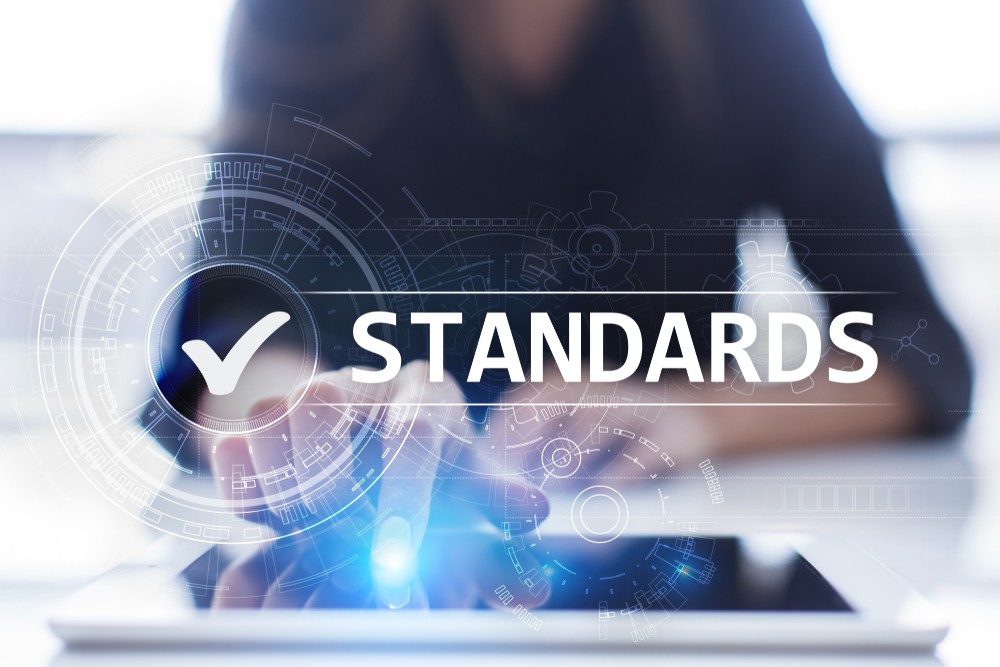ANA’s revised safe patient handling and mobility standards are coming soon.
Much has happened since 2013 when the American Nurses Association (ANA) led a workgroup that developed the Safe Patient Handling and Mobility: Interprofessional National Standards Across the Care Continuum to address the safety of healthcare professionals. The standards and its companion, the Implementation Guide, provided definitions, interpretations, and exemplars to increase awareness about safe patient handling and mobility (SPHM) and its use in various settings.
In 2018, results from an ANA-administered survey indicated that the next standards should show the importance of SPHM technology in promoting early mobility and preventing falls and other health issues, as well as providing outcomes data and assessment tools.
The standards needed to be refreshed with updated resources, exemplars, foundational documents, and current research. Here are some observations that influenced the revisions.
Standard 1—Establish a culture of safety. A culture of safety, commitment from staff and leadership, and financial resources are essential for a successful SPHM policy and program. Take the time up front to develop a policy and communications plan and determine what a culture of safety looks like in your organization. Gather an interprofessional team that includes leadership and staff.
Standard 2—Implement and sustain an SPHM program. Developing an SPHM program means communicating that it exists. Consider starting with a pilot program on high-traffic or high-risk units or with specific populations, then train everyone and evaluate.
Standard 3—Incorporate ergonomic design principles to provide a safe environment of care. Integrate ergonomic principles into everything, including operations, facilities, and infection prevention. Solicit input from all staff affected by the design, new construction, rebuilding, and remodeling.
Standard 4—Select, install, and maintain SPHM technology. Use the appropriate assessment tools and literature to help determine what technology the department needs.
Standard 5—Establish a system for education, training, and maintaining competence. As technology and equipment evolve, ongoing training is key to maintaining competence. Find creative ways, such as holding an equipment fair or a lunch-and-learn, to incorporate new information. Develop an annual budget that includes replacing old equipment and accessories.
Standard 6—Integrate patient-centered SPHM assessment, plan of care, and use of SPHM technology. Several mobility assessment tools are available now that weren’t in 2013 to help patients transition to mobility.
Standard 7—Include SPHM in reasonable accommodation and post-injury return to work. Injuries do happen, so determining why they occurred and making the necessary changes is necessary to avoid them in the future. And remember that returning to work too soon can be detrimental to the worker.
Standard 8—Establish a comprehensive evaluation. Evaluating equipment and programming can mean savings for the unit and facility. Use the results of evaluations to influence and update policy annually.
Next steps
The revised standards are scheduled to be available in October 2020. However, watch for a public comment announcement soon to provide input before their release.
More work still needs to be done. As long as healthcare workers continue to be injured from moving, lifting, transferring, and repositioning patients, ANA and nurses nationwide have a responsibility to continue educating about and advocating for SPHM.
Ruth Francis is a senior policy advisor in the Nursing Practice and Work Environment Department at ANA.



















2 Comments.
will it ever be possible to request for the copy of your assessment tool /standard ? thank you
Please note that updated information and the new document are available at https://www.nursingworld.org/practice-policy/work-environment/health-safety/safe-patient-handling/ to the updated document